I would be lost without Zahara zinnias. I always have trouble finding dependable middle-of-the-border flowers, and Zaharas fill that niche perfectly. They are supposed to grow 12 to 18 inches tall, but I find they consistently grow in the 15-20″ range in my flowerbeds.
If you’re thinking about growing some Zaharas this year and can’t decide between all those gorgeous colors, here are a few photos of some of the individual cultivars.
This is ‘Zahara Double Strawberry’. The flowers blend beautifully with other flowers in white, purples or light pinks.

‘Zahara Sunburst’ has flowers in warm shades of golden-yellow and red:
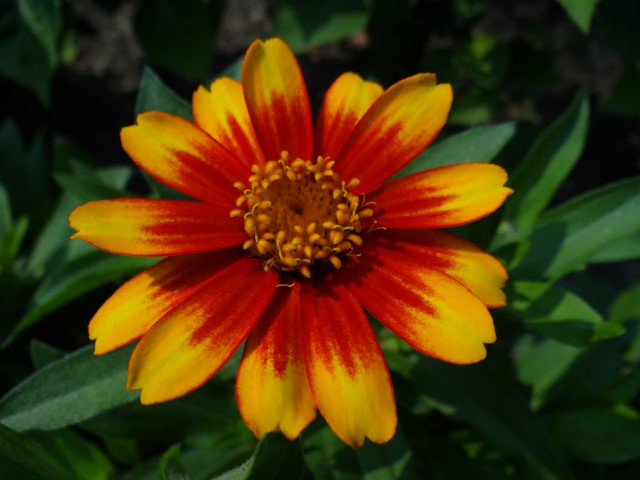
Every year I decide I’m not going to grow ‘Zahara Scarlet’ again (mostly because I’m in love with ‘Zahara Double Fire’), but then I see the two flowers and side-by-side and decide there is just enough difference between the colors that I like to grow both.
This is ‘Zahara Scarlet’ which is a tad darker than ‘Zahara Double Fire’:

And this is ‘Zahara Double Fire.’ The flowers are doubles and they have more orange in them:
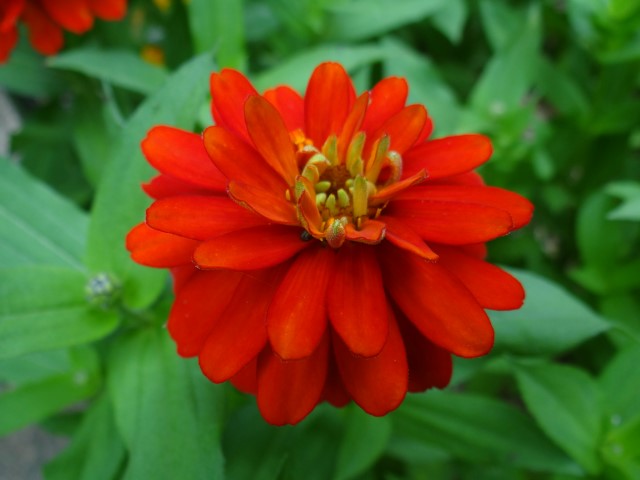
Back to the cooler colors, I’m also smitten with ‘Zahara Double Cherry’:
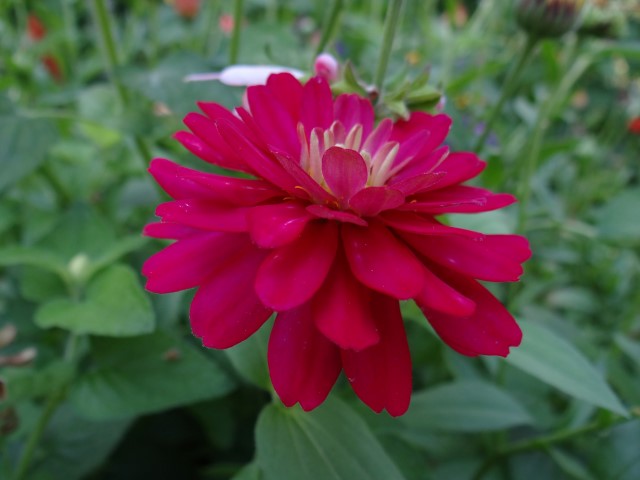
In 2015 my plants started out very red at first and I was convinced I was sold a mislabeled batch of seeds, but eventually the flowers transitioned to their normal dark-pink color. I really wouldn’t have minded if the flowers had stayed dark-red like this:
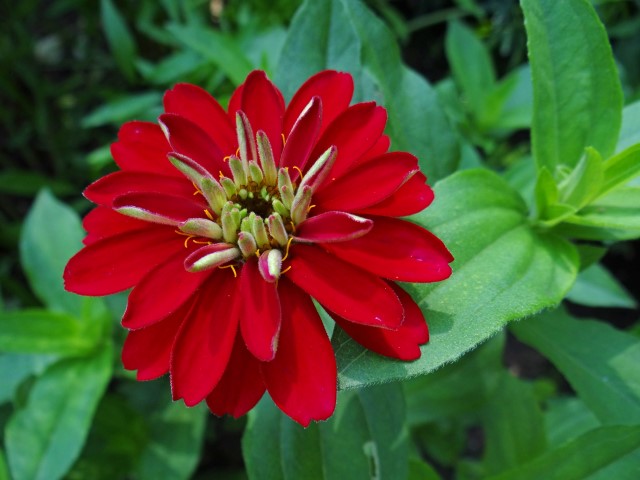
You can’t go wrong with any of the Zahara zinnias. They are tolerant of heat and drought and they are resistant to diseases like powdery mildew and leaf spot. The plants will bloom all summer even if you forget to deadhead them. My mom and I find that in mid-summer the plants may get a little floppy (they probably get tired from holding so many flowers), so we sometimes have to stake them, but other than that Zaharas are carefree plants.
You can direct-sow the seeds in the garden after the soil has warmed in the spring, and they will begin blooming in 5 to 6 weeks. Or you can start them indoors about 5 or 6 weeks before your last frost date if you want an even longer blooming season.
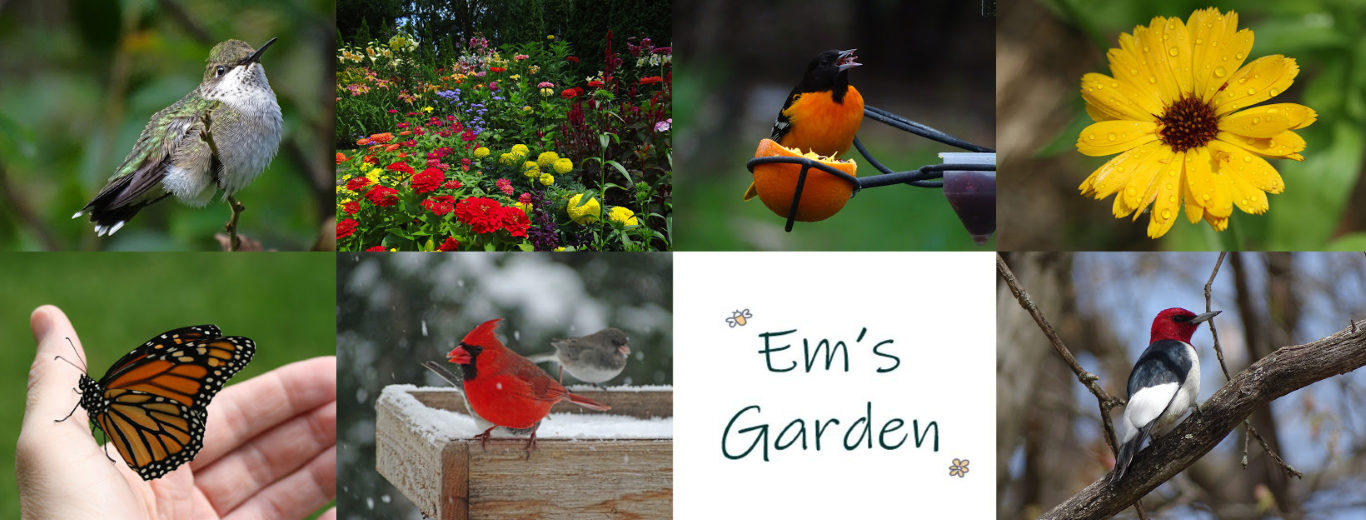
2 comments
These look great!! This year I have mixed Zahara seed to try. They did very well the year before last. Last year I planted Magellan and profusion. Neither did well because of the cold wet summer we had. So far our winter has been good. No snow around now; higher temperatures in the past week higher than those we had for ten days in July. Hoping for a better summer.
When do you plan to start your seed? I think I’ll wait until the last week in February to begin my Rudbeckia. The others will fall into place after that. Take care. James
That’s so wacky that you’ve had warmer temperatures lately than you had in July. No wonder gardening was such a bust last summer! Maybe the El Nino will give you a boost this year. I’m starting to see long-range forecasts that hint that it may be an extremely hot summer in parts of the Midwest . I guess I don’t mind as long as there’s ample rain. I learned after the summer of 2012 that drought freaks me out. 🙂
I’m glad you asked about seed starting. I was thinking I would be starting my rudbeckias on February 29th, but I just looked at my seed-starting plan from last year and realized I now do 13 weeks for rudbeckias because they can be such slowpokes. I guess I better get my act together because I only have two weeks to get ready, not three! At least it’s not bitterly cold like last year, so the basement should be a little warmer and friendlier to the seeds. Good luck with your seed-starting!
Comments are closed.